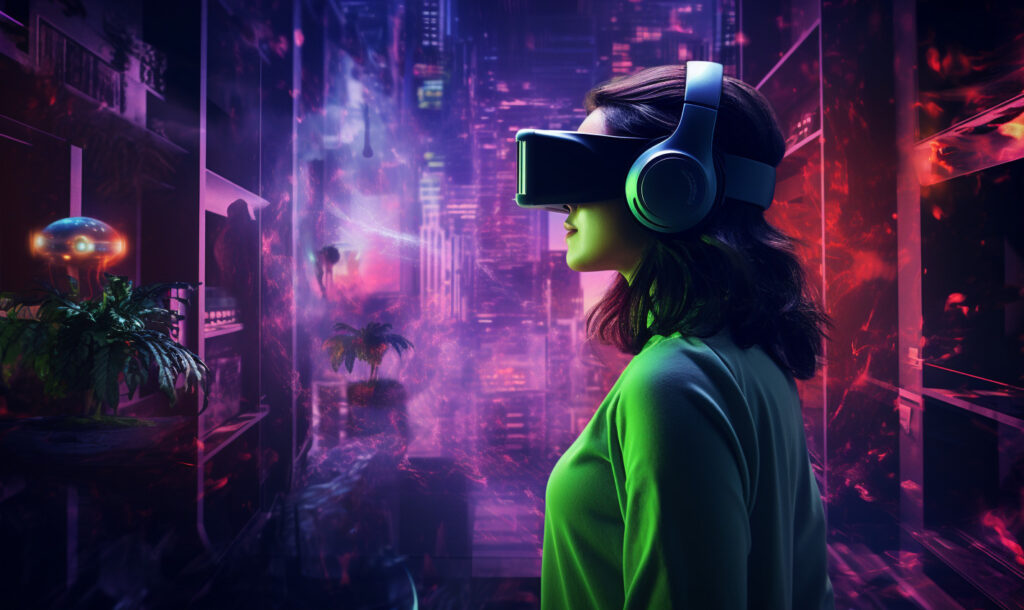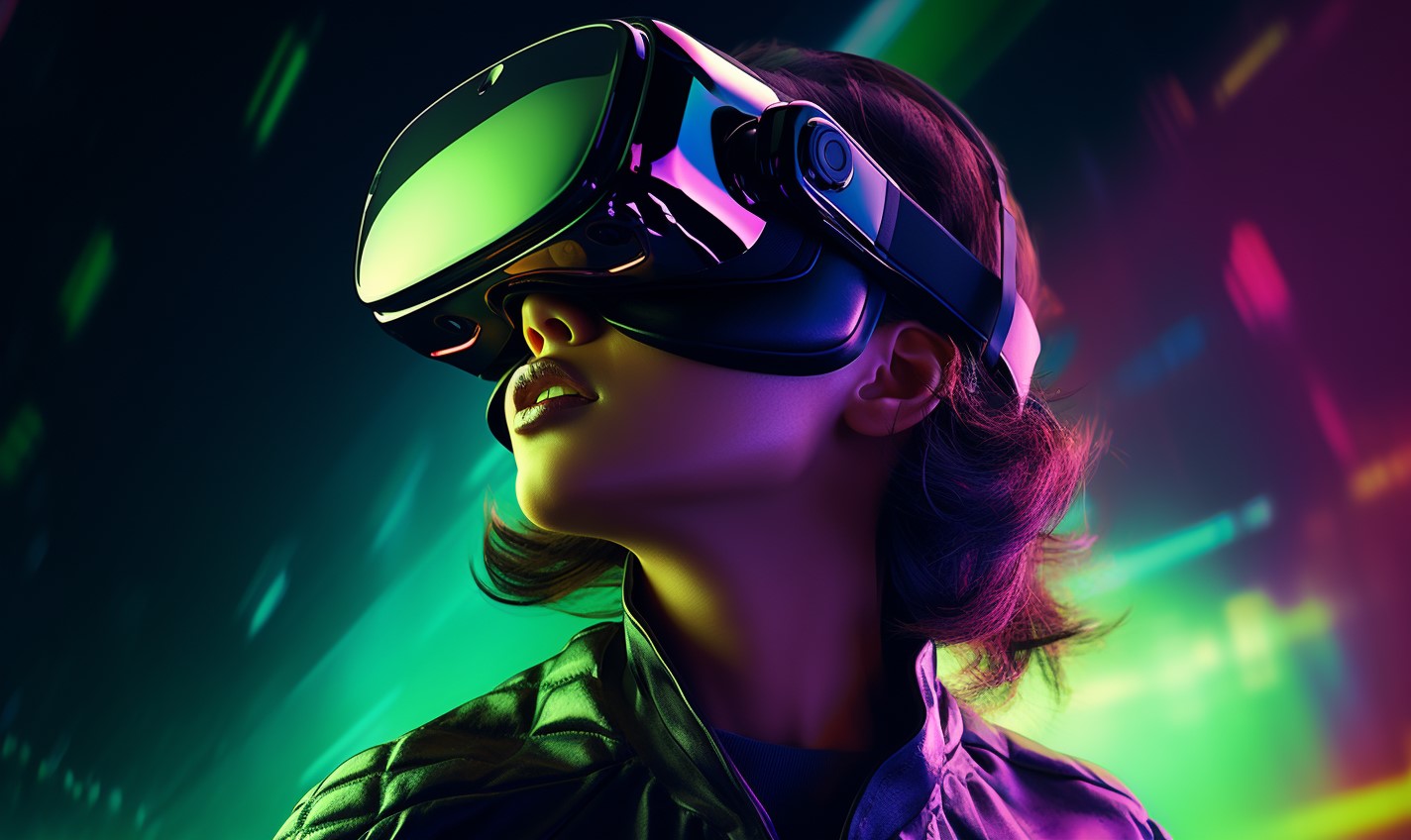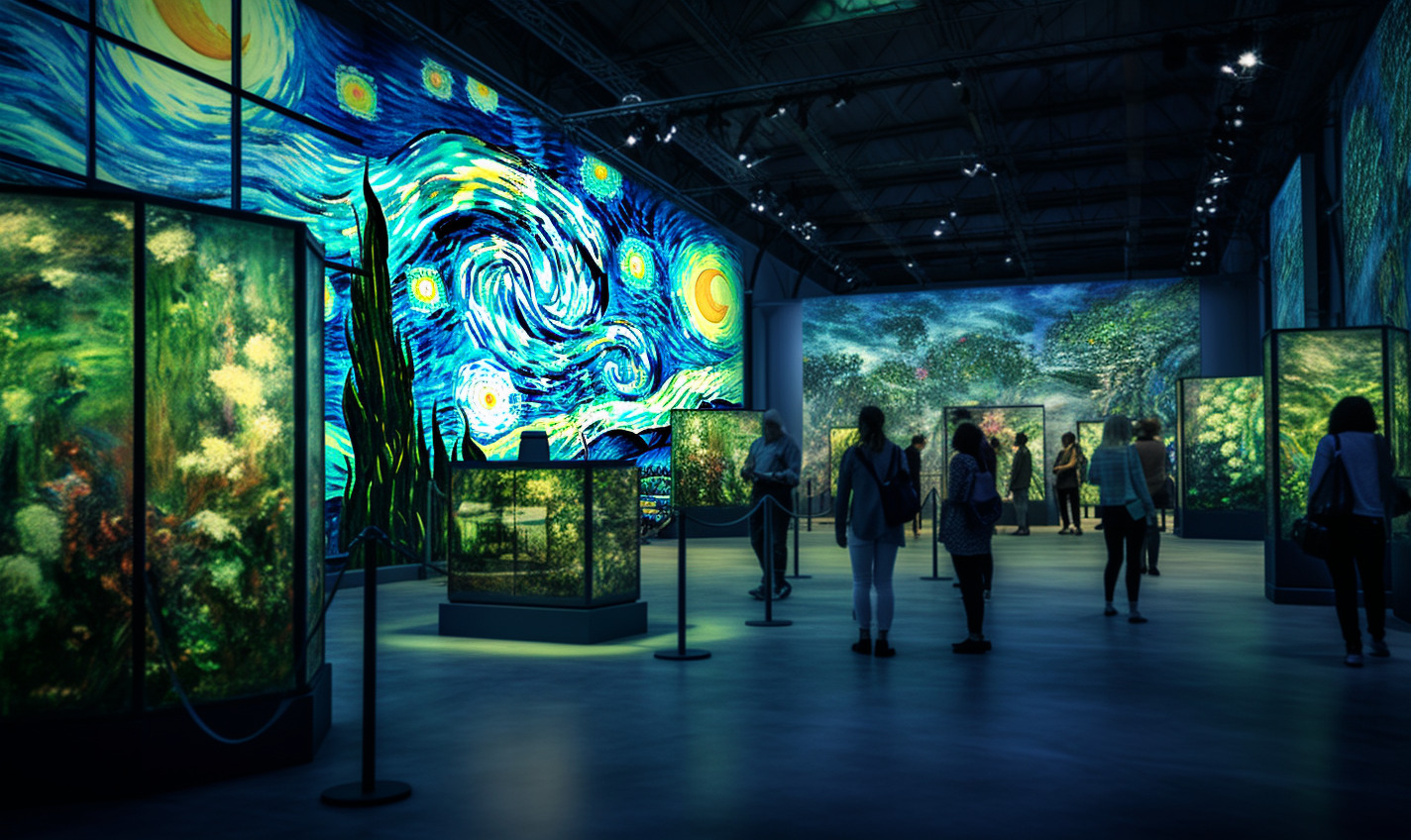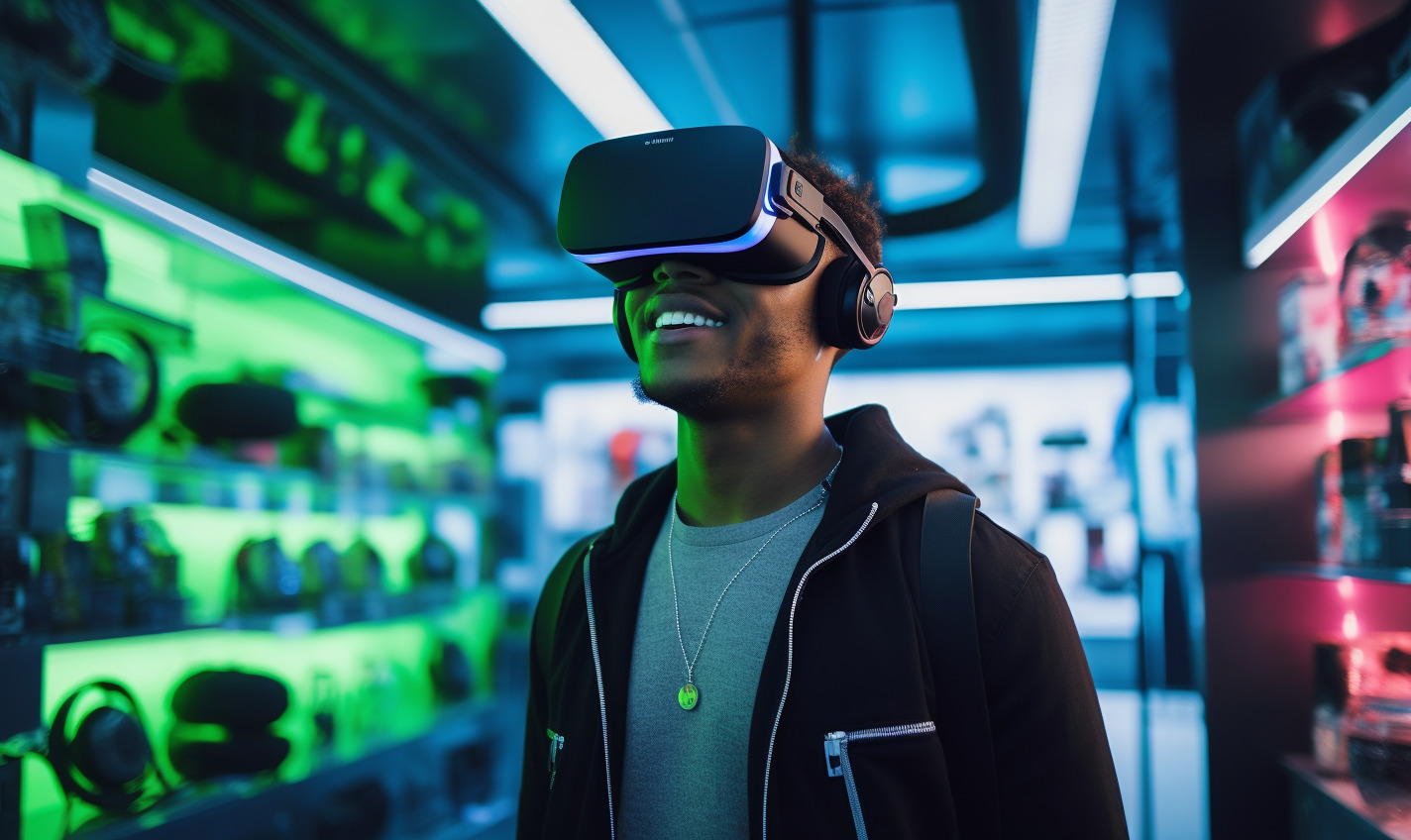Augmented reality (AR) is a technology that blends virtual elements with aspects that exist in the real world. It’s come a long way in a short time and shows no signs of slowing down. Here are some of the latest developments in augmented reality that should be on your radar.
More Brands Rely on AR to Engage With Customers
Retailers are in an ongoing battle to connect with customers and keep them interested. That’s especially important considering the number of distractions that a person could encounter, as well as all the things that could cause them to choose one brand over another. IKEA was one of the pioneering companies using AR apps to reach out to customers. It developed an app that let people virtually place furniture in their homes to see how it looked.
More brands have done similar things recently to enhance customer opportunities in retail. For example, shoe brand Puma drew attention to its first North American flagship store in New York City. The retail outlet features interactive displays that let people unlock AR content with their smartphones. Seven shoe styles have interactive tags for people to scan, and the store decor includes scannable signs.
Also, KT, a South Korean telecom company, held a five-week event to promote its 5G network. That promotion involved people giving AR a try by searching for cards displaying characters from the “Avengers: Endgame” move. The brand also pointedly put 40 of the 140 cards in places covered by the brand’s 5G network. Such forward-thinking applications of AR help brands’ offerings more applicable to consumers.
Additional Ways to Experience AR
When you use AR, the process seems fascinatingly seamless. However, what’s happening in the background is a multiphase process involving capturing a segment of a person’s environment and scanning it with sensors. The most common way that people engage with AR is to do it with their smartphones. But, you should also be aware that more options are coming onto the market or at least in development.
For example, a company called Third Eye Gen Inc. recently released what it claims are the smallest AR glasses on the market. The accessories weigh only 6 ounces, but they have cameras, a compass and more. These AR glasses are for industry workers, and they overlay content on top of what a person sees. For example, if a manufacturing worker wears the glasses while inspecting a car part or a pipe, they might also see a checklist that reminds them of what to assess.
There’s also a Singapore-based startup creating what it calls the Argon Transform. It brings AR to motorcyclists by attaching to their existing helmet. Although that product remains in the early stages, it’s still worth watching and highlights the exciting ways companies are pushing the boundaries of AR and how to enjoy it. These latest developments in augmented reality will likely become even more apparent over the foreseeable future as companies find out what’s possible.
AR to Help People Learn and Appreciate Their Surroundings
One of the dominating AR-related trends of 2019 is the use of the technology in more industries. From the construction sector to the hospitality sector, brands have investigated how they could rely on AR to generate meaningful results.
As this technology gets more advanced, there are particularly compelling reasons to use AR for educational purposes. For example, last year, a company made headlines by launching AR technology for people who visited the former homes of U.S. Presidents Washington and Monroe. The participants who choose to do that can see supplementary content that improves and expands upon the real-world artifacts. Such immersion could make their trips more memorable.
In a more recent example, Apple collaborated with Manhattan’s New Museum to offer a series of guided walks that enable people to view art in their environments with help from AR. Each participating artist used public spaces like giant canvases. Then, the people going on the art tours use iPhones and headphones to see them.
They first leave from an Apple Store in cities such as San Francisco and Tokyo. Then, once they reach predetermined places along the route, pieces of art appear to them through the iPhone screens. This open-air museum approach shows what’s possible for exposing people to things that may not otherwise be possible without the technology.
Exciting Developments Ahead
These are some of the latest developments in AR, but they’re by no means the only innovative milestones to anticipate this year. Tech specialists increasingly see augmented reality as an area of immense potential, and they’re continually looking for ways to help people take advantage of it. Whether using AR for customer engagement, help at work or pure pleasure, the options seem almost endless.
Recent Stories
Follow Us On
Get the latest tech stories and news in seconds!
Sign up for our newsletter below to receive updates about technology trends














